The Question We Get Asked Most Often
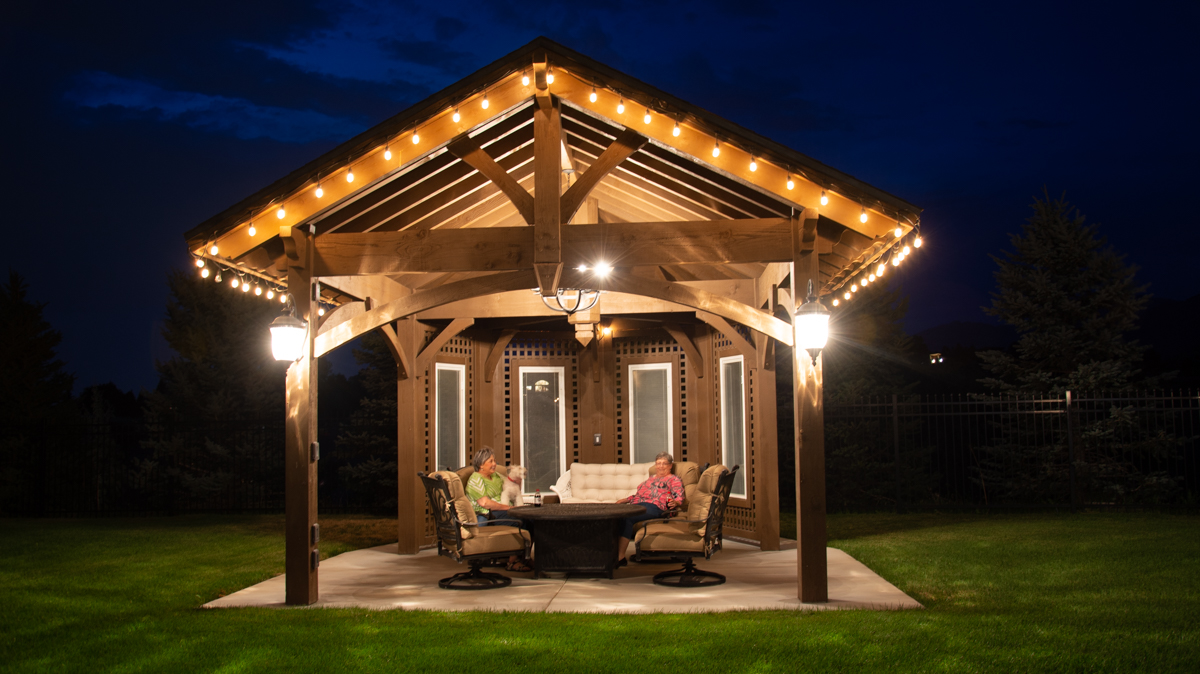
The question we get asked most often is:
How well do ShadeScape® timber frame shelters hold up against the wind?
This is a great question that we look forward to answering because it gives us an opportunity to talk about our passion:
building timber frame structures that will last for generations to come.
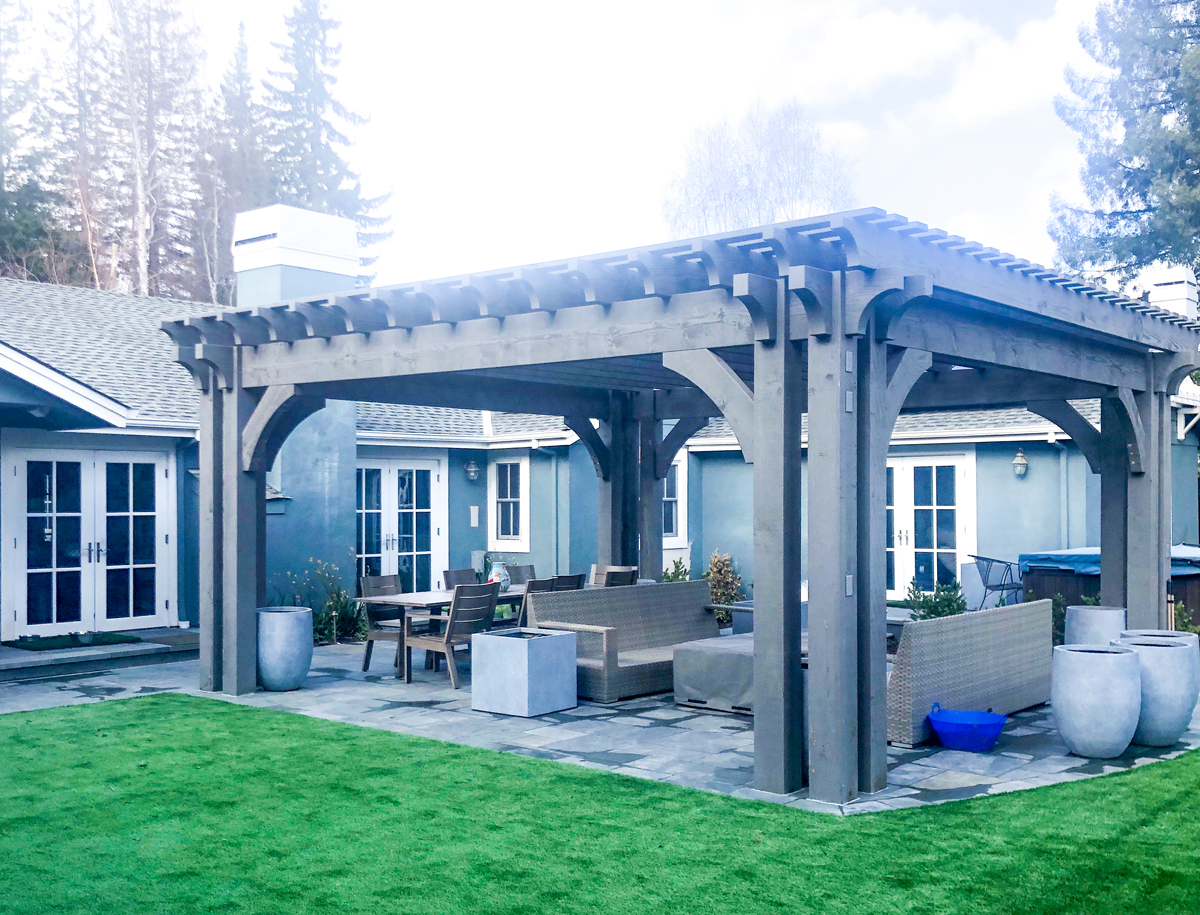
#SolidWoodShadeShelter
ShadeScape® pavilions, pergolas and gazebos are architecturally responsibly engineered for heavy snows, seismic shifting, and strong winds.
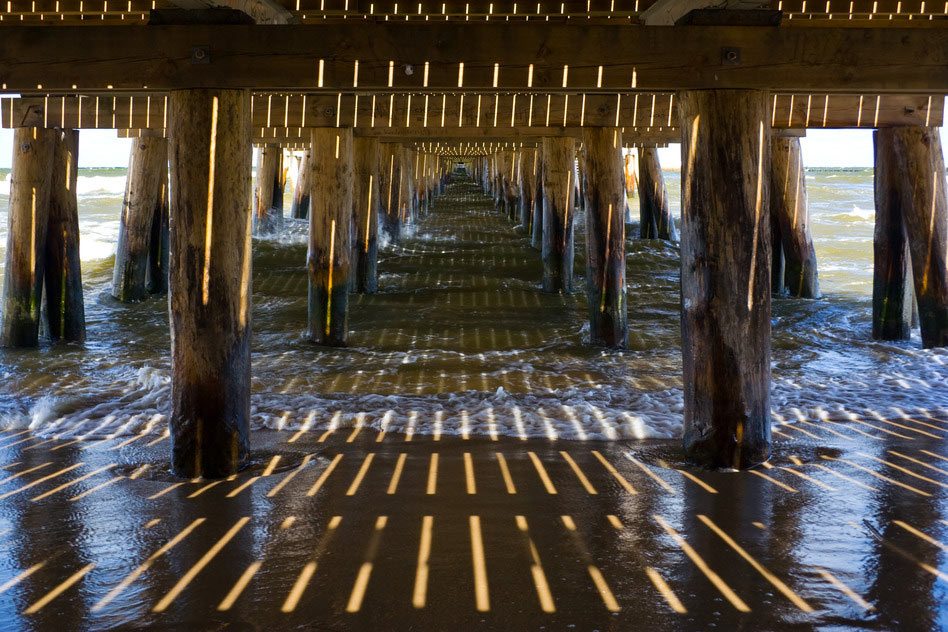
We Live in a World of Recurrent & Perpetual Motion
Architectural frameworks and immobile structures are considered to be solid and immobile, yet, we live on an earth, in an environment of recurrent and perpetual motion with seismic waves of micro motion moving up and down, as well as side-to-side.
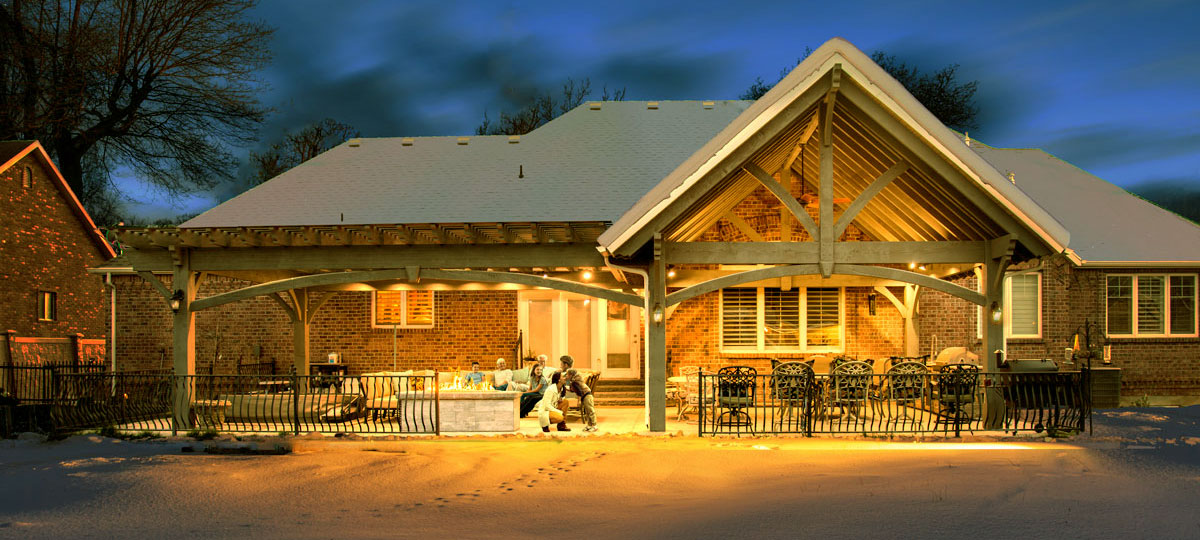
Interment weather also increases the load put upon an architectural structure with excessively strong winds and heavy snows.
We have replaced many conventional pergolas and pavilions that have blown over or collapsed under the weight of snow. This isn't just because of the poor design but the material it is built from is also key in how well a shade shelter can stand the test of time.
Typical Conventional Pergola Kits
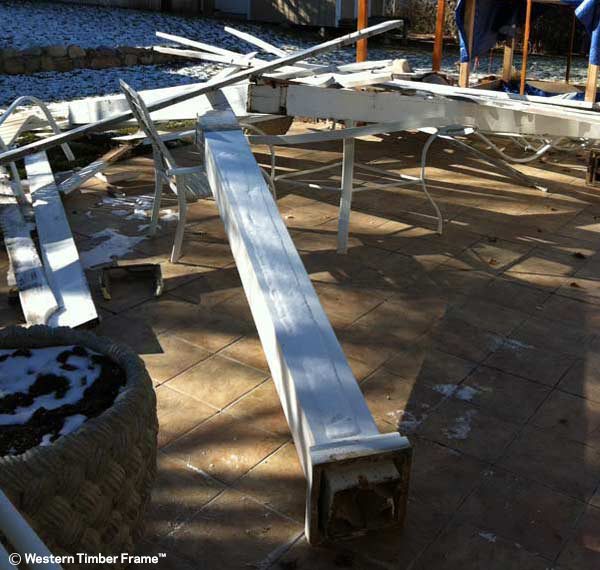
Wind Destroyed Aluminum Pergola
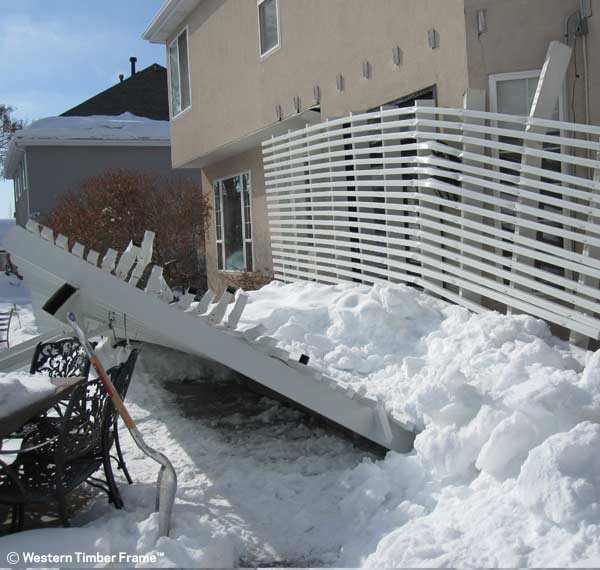
Snow Collapsed Vinyl Pergola
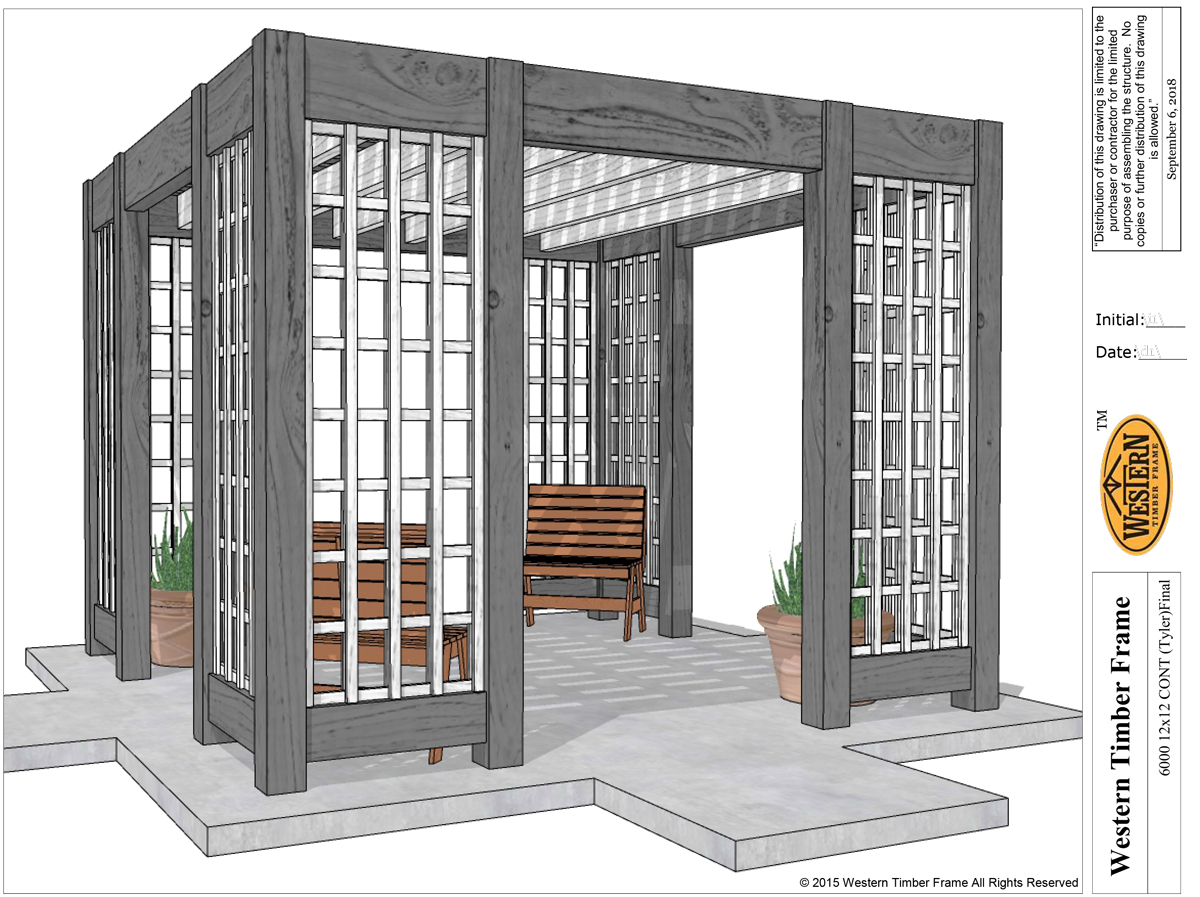
#ContemporaryStylePergolaPlan
Western Timber Frame™ standard arbors, pergolas, pavilions and gazebos are engineered for 120 miles per hour wind ratings.
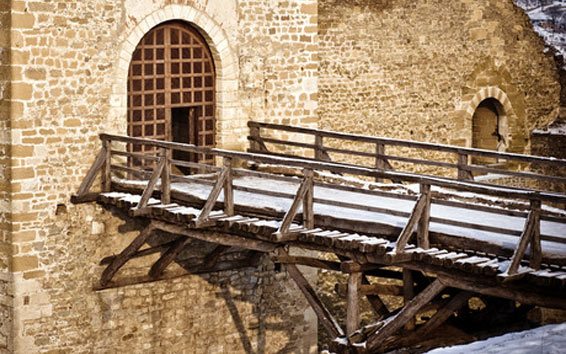
Timber frame structures have proven itself time and again to bear up beautifully over the test of time. The oldest earthly remains constructed by man are oak timber frame structures dated to be between 6,500 to 7,000 years old.
It is the characteristics of well-seasoned timber combined with The Dovetail Difference®, a patented mortise and tenon connection system that gives timber framing better seismic and wind survival-ability and long-term durability than any other building material on earth.
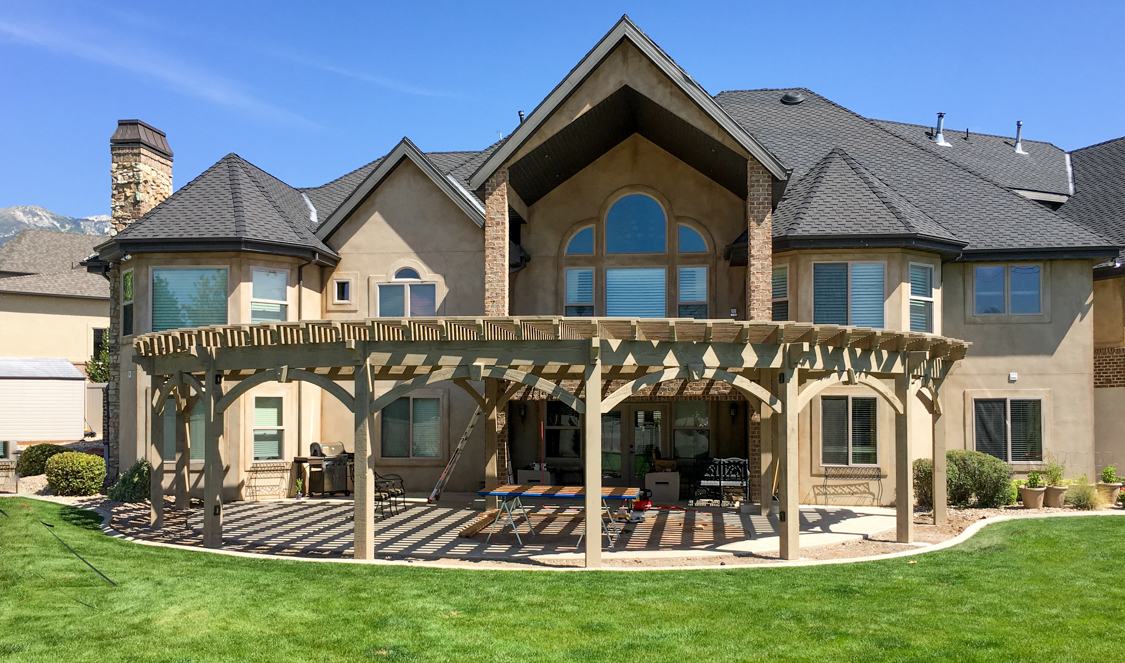
Western Timber Frame™ ShadeScape® kits feature an award-winning Post-to-Beam Connection System called: The Dovetail Difference®.
The Dovetail Difference®
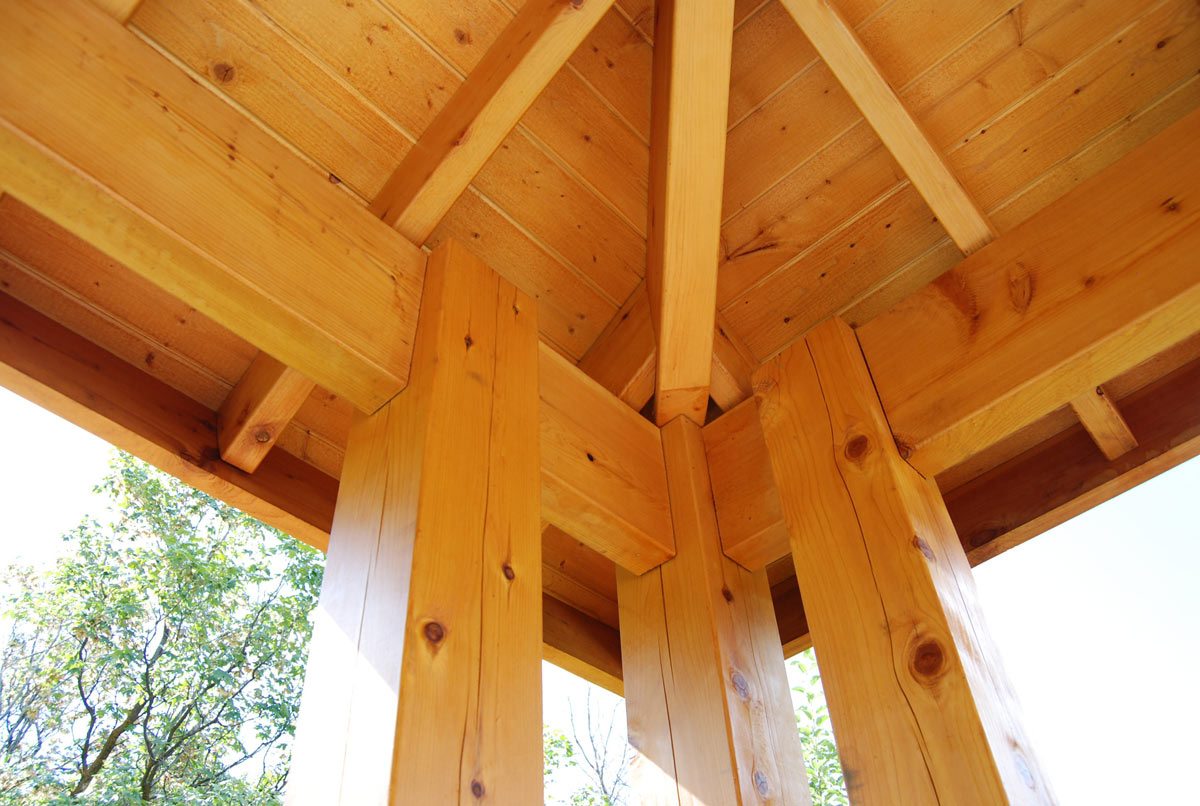
We use The Dovetail Difference® design, a patented massive mortise and tenon dovetail joint system throughout our timber construction process that creates very strong, rigid joints. On the test pictured here it didn't give until over 11,000 lbs.!
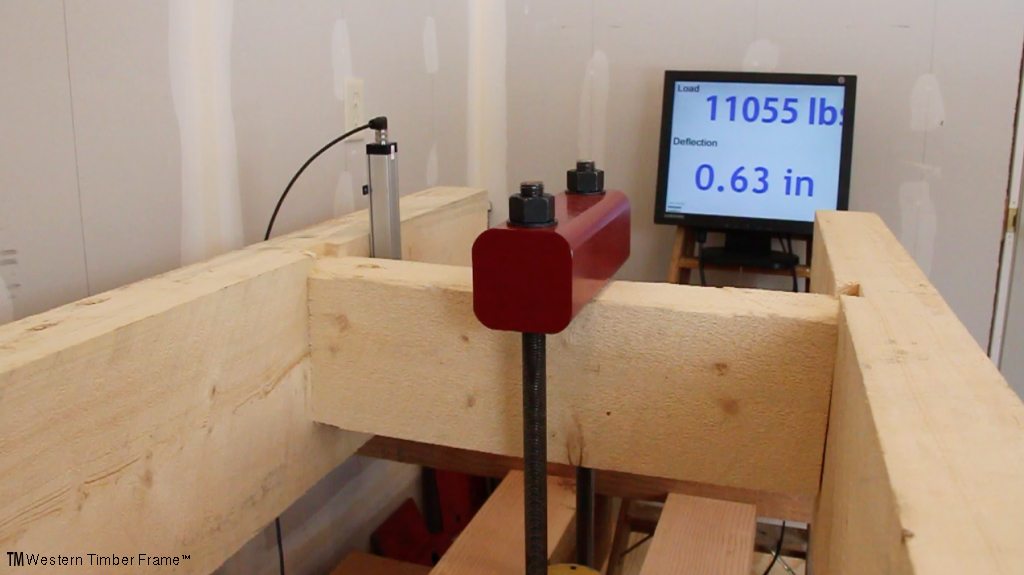
In standard conventional timber framing the integrity of the structure is compromised by cutting out the core of the center beam.
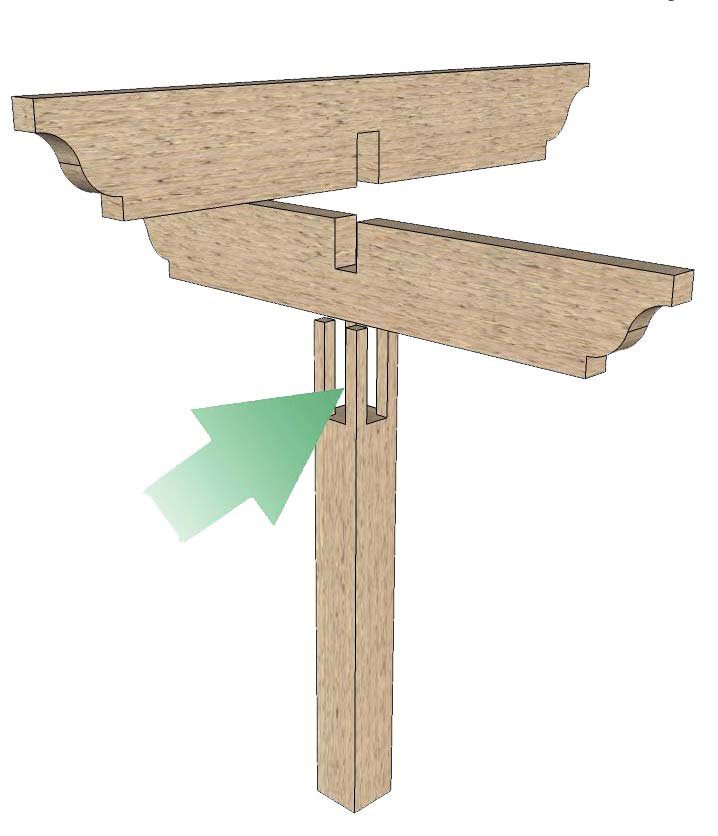
The results can be seen here in a standard conventional mortise and tenon joint: cracking after just 18 months!
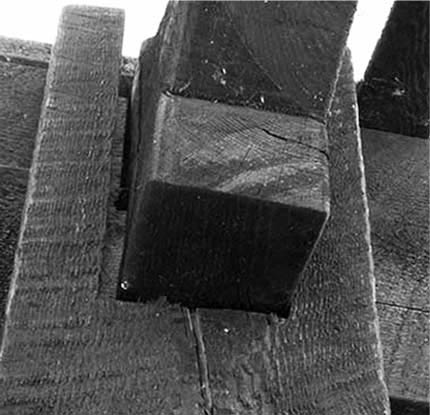
The engineered design of The Dovetail Difference® keeps the integral center of the post in tact.
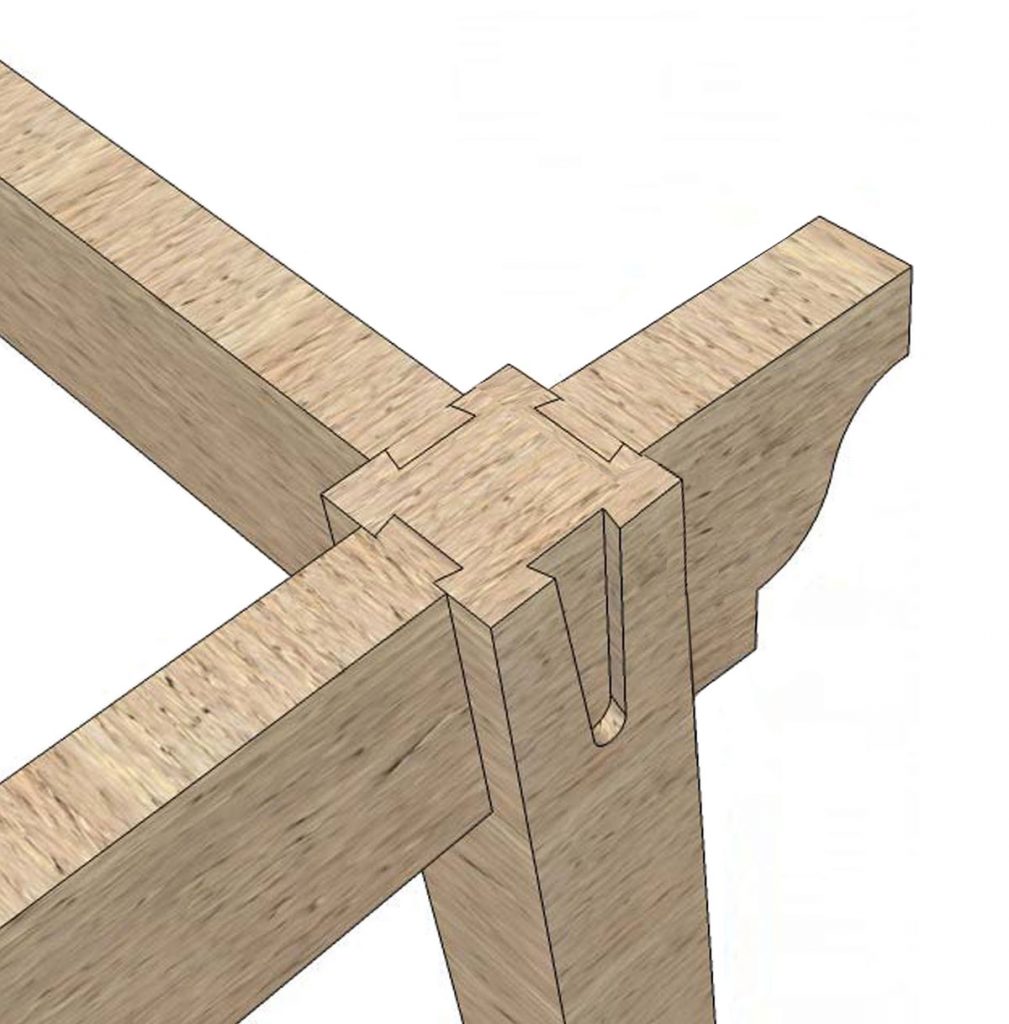
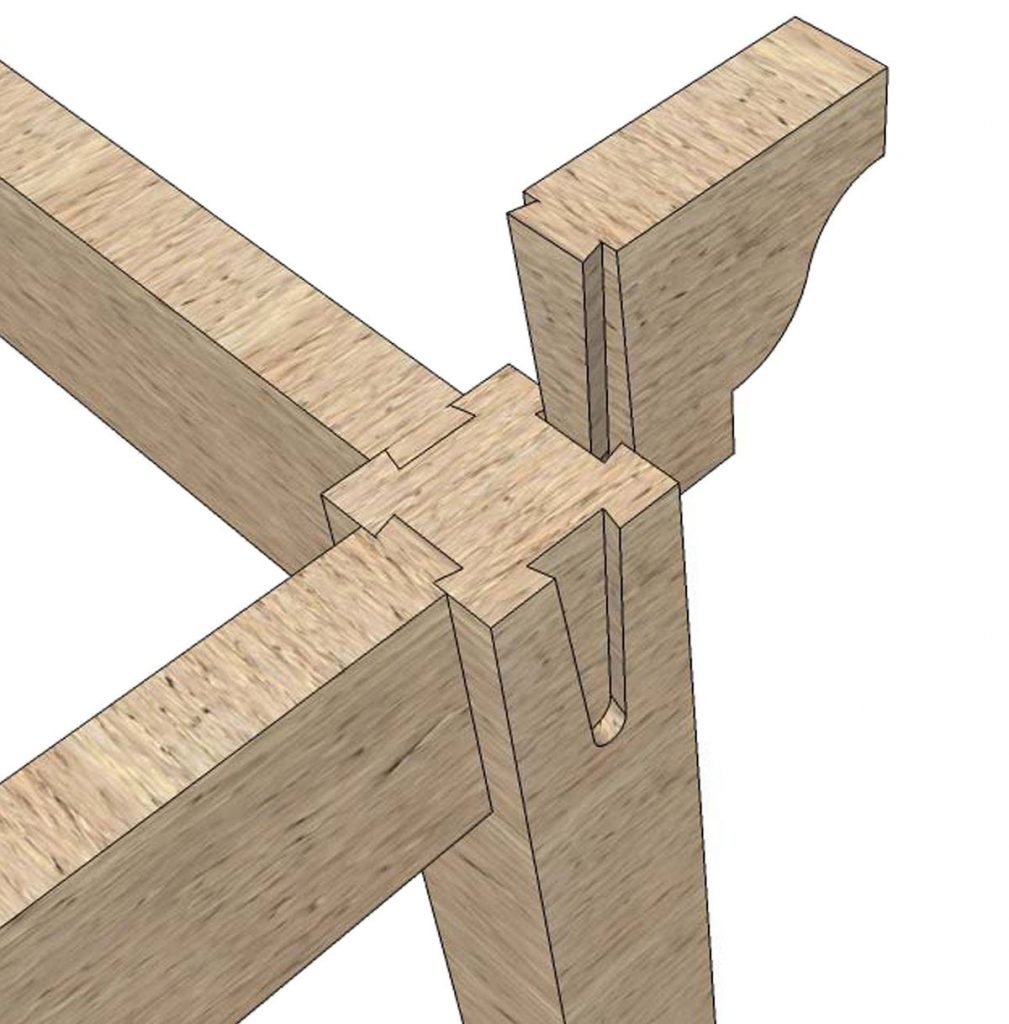
The Dovetail Difference®: has tight joints after 18 months!
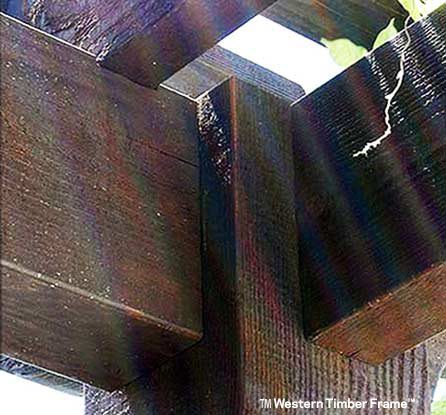
The dovetail joint does not depend on lags, hangers or nails to stay against tension. The dovetail works as an extension of the timber allowing for movement, shrinkage and weather variations while remaining secure and snug.
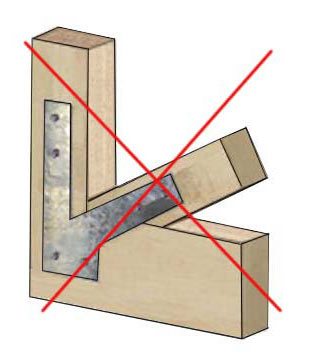
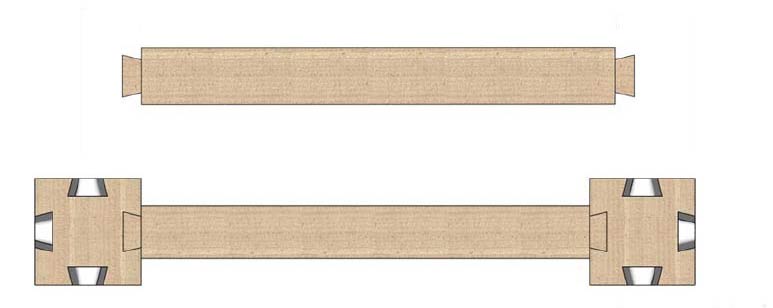
The dovetail joint has a trapezoidal angled shape that interlocks, acting as a wedge within another angled timber for a puzzle-like fit that resists pullout. This gives the timbers incredible resilience against positive and negative wind load actions with added power to perform its inherent quality of expanding and contracting to dampen out resonate frequencies.
Over time, as the timbers of a timber frame pavilion or pergola kit expand and contract with changing seasons, these dynamic joints minimize gap exposure, reduce typical twisting and warping and maintain a close-fitting connection with greater resistance to winds.
ShadeScape® Pergola Kit Strong Through Hurricane
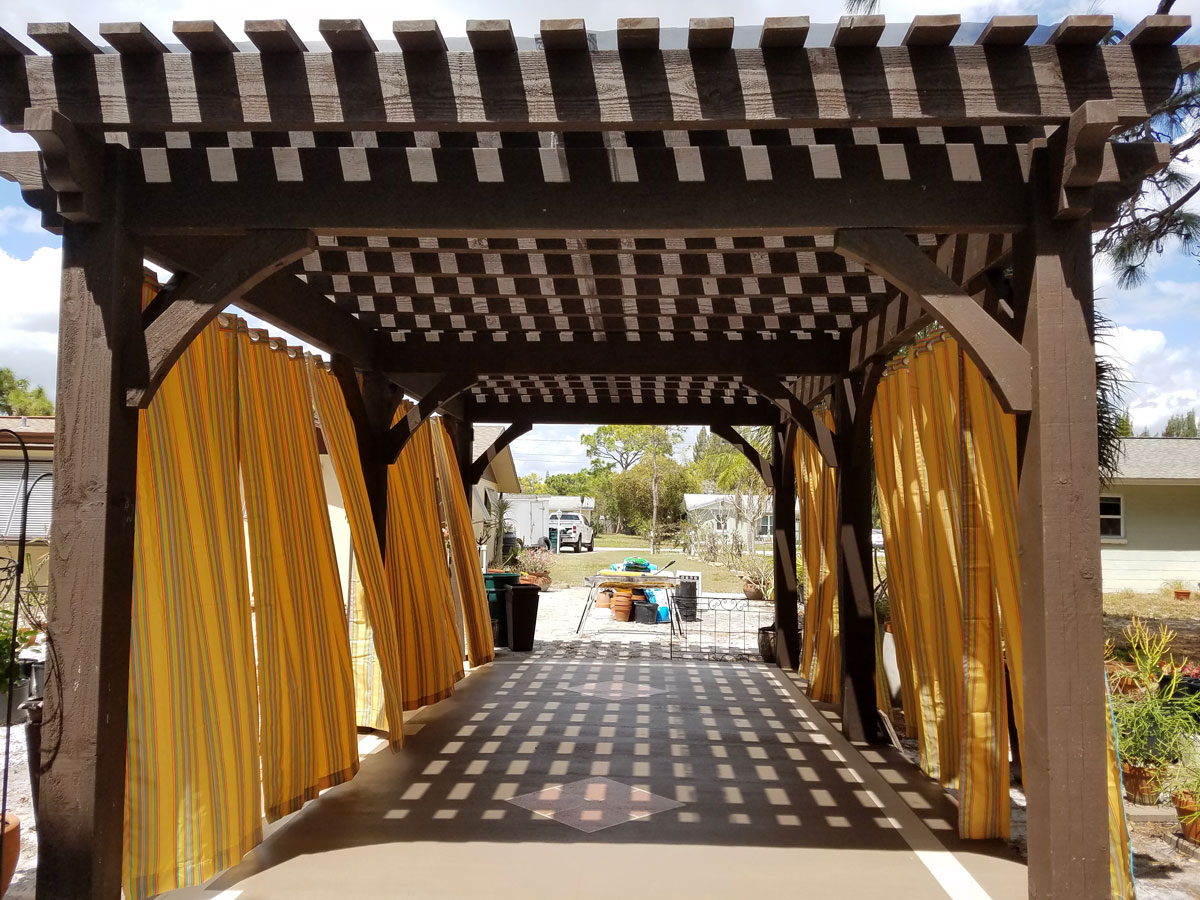
"Are you kidding? This Pergola has already been through its first hurricane: Irma. She stood tall and proud and never wavered. Our neighbors with us sat under her and watched as men from Texas cut trees down off the lines and restored our power. Thank you for your wonderful product she gave our neighbors shade when there was none. Be proud of your product. Thanks!" – Kenneth Baker
Hurricane Irma was a Category Five. At over 155 miles per hour, the forceful winds of Hurricane Irma are one of the most powerful storms in history. Standard ShadeScape® Kits are engineered to withstand winds of 120 m.p.h.
The Dovetail Difference® is stronger than conventional dovetail mortise and tenon joint systems.

Creating Modern Masterpieces
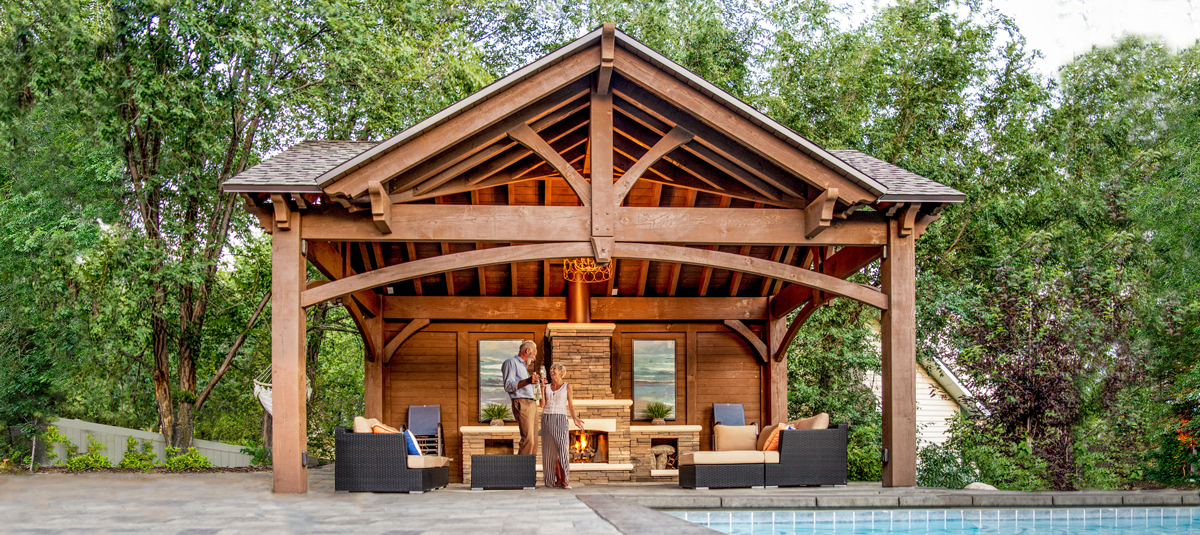
With Old World Craftsmanship & New Technology
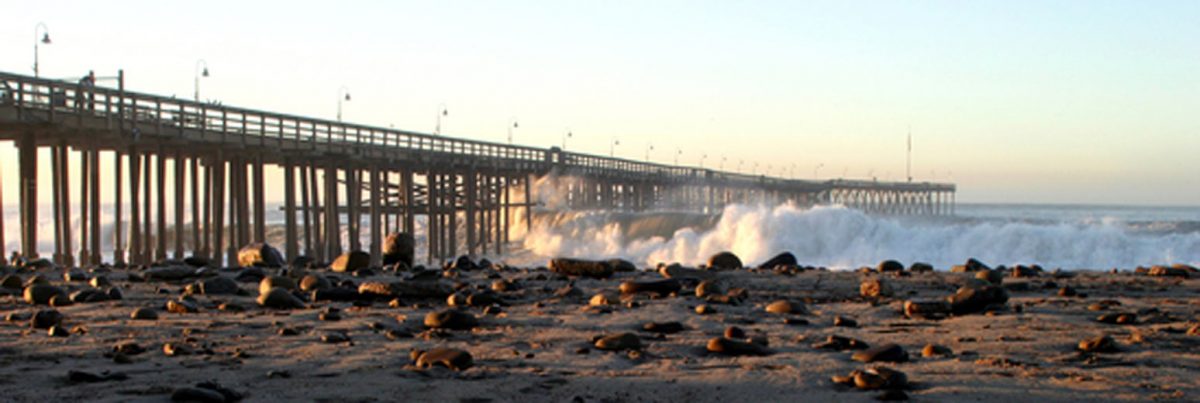
- Powerful Coastal Storms
- High Winds
- Heavy High Mountainous Snows
- Seismic Shifting

For more than fifty years, extensive research and wind force data has been collected to improve architectural designs by determining seismic flexibility and wind loads upon architectural structures. These studies include specialists in engineering in meteorology, mechanical fluid dynamics, aerodynamics, and structural dynamics who analyze the effects of wind.
Specifically, they check for damage that may result from strong or extreme winds which can cause widespread destruction, such as in heavy storms, tornadoes or hurricanes as well as low and moderate winds. This has resulted in standard building codes that have continued to change and improve to ensure the safety of structures, especially in high wind and prevalent earthquake regions.
Western Timber Frame™ Exceeds the Nations Highest Building Code Standards for Wind Safety
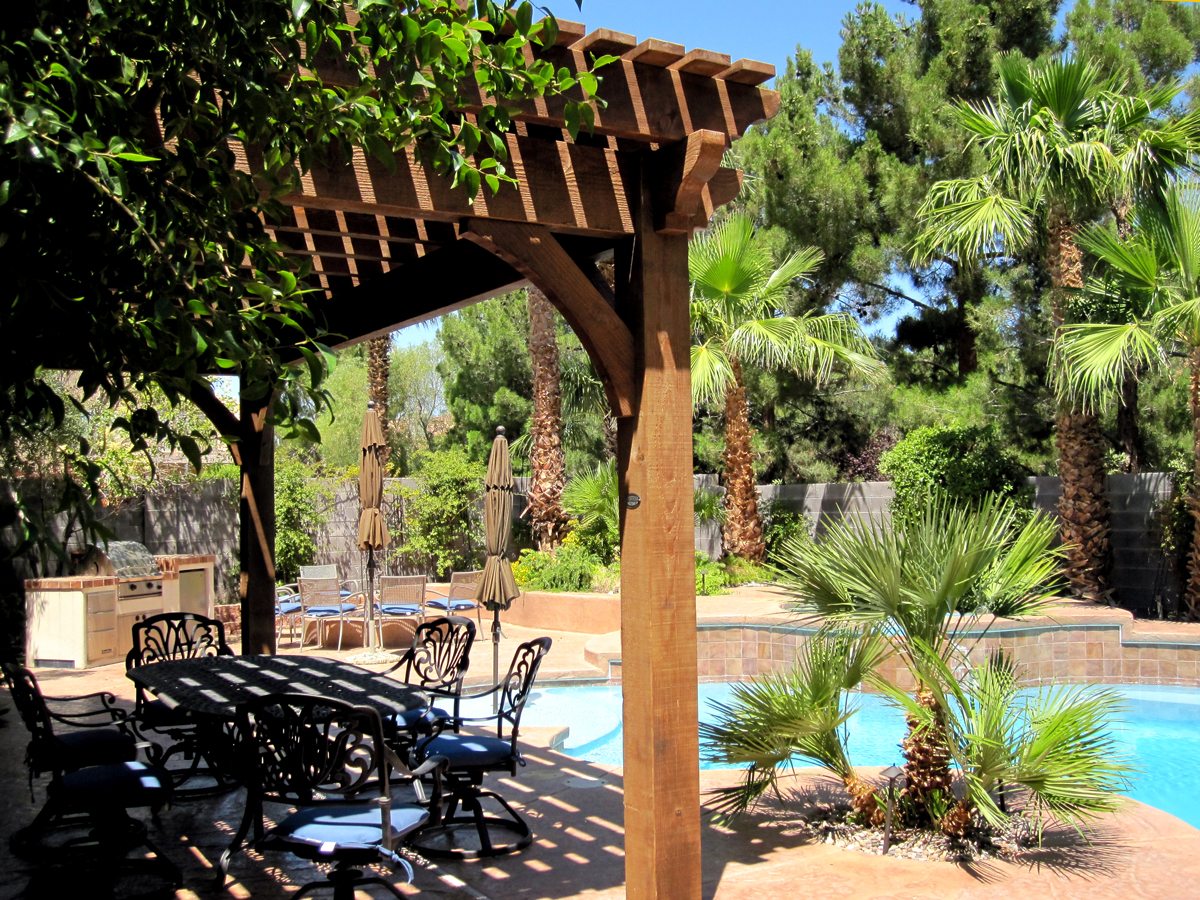 Wind speeds differ for all topographical regions as do the building codes for every public and private building. For example, in Southern Florida, in 2012, after Hurricane Andrew an immediate change was made in the building code standards by adopting the American Society of Civil Engineers’ standards with a Product Evaluation Approval Program of architectural, structural and mechanical engineers. Because of its high-velocity hurricane zones, it eliminates all construction of stud framed houses in that region.
Wind speeds differ for all topographical regions as do the building codes for every public and private building. For example, in Southern Florida, in 2012, after Hurricane Andrew an immediate change was made in the building code standards by adopting the American Society of Civil Engineers’ standards with a Product Evaluation Approval Program of architectural, structural and mechanical engineers. Because of its high-velocity hurricane zones, it eliminates all construction of stud framed houses in that region.
Western Timber Frame™ outdoor timber frame pavilions and pergolas exceed these highest building code standards in the Nation and install timber frame pavilion and/or pergola kits in the regions of Southern Florida.
With a thorough understanding of load paths and design properties, well-seasoned timbers with the mortise and tenon joint systems have allowed for wide-open spaces, cathedral ceilings, great rooms in castles, commercial constructions, expanded bridges and more that have lasted for centuries, sometimes millenniums.
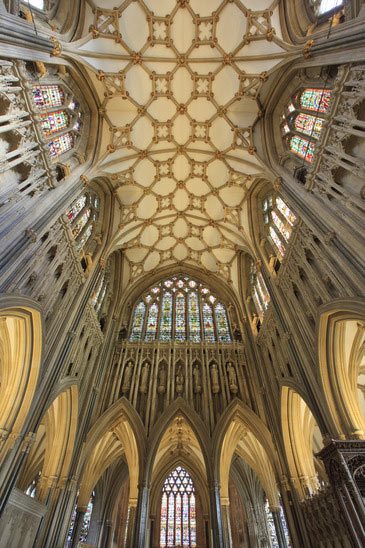
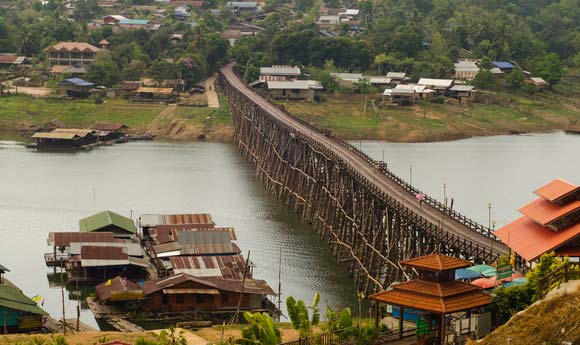
Timber frame bridges have been among the most visible and noble testimonies of the integrity of the timber. Some still in use date back as early as the 16th century; proven masterpieces of engineering, technology and long-lasting endurance spanning great distances against the violence of water and storms.
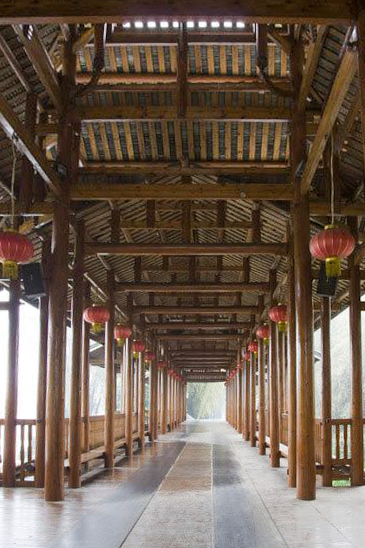
Mortise and tenon joints have soundly stood stronger through centuries of architectural constructions because it allows for the wood to naturally expand and contract while maintaining its integral shape over a nail/glue construction.
Nails, screws, and glue will hold wood fast, but they allow little movement; which can eventually crack the wood around the metal fastener and glue deterioration over time loosen a wood glue wood joint.
The results of The Dovetail Difference® Joint System is a clean, aesthetic beautiful impression of precision of old-world craftsmanship virtually eliminating unsightly hardware.
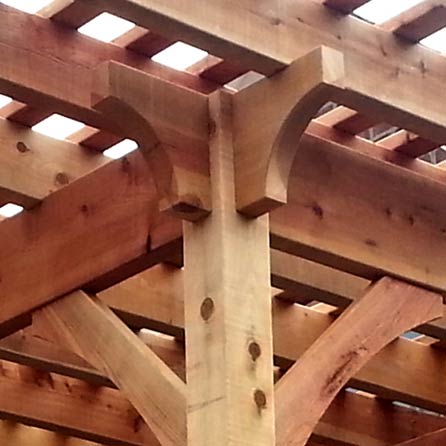
Ancient Example of Interlocking Joint Timbers
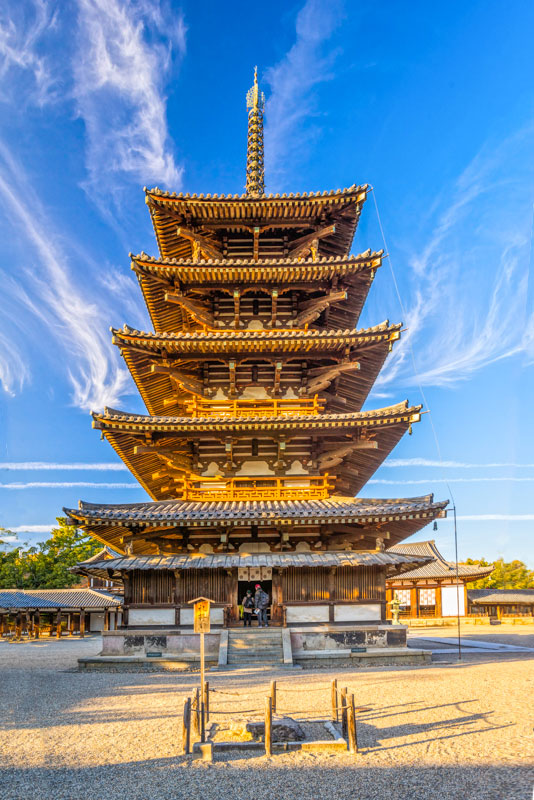
A great example of how this works is the Horyu-Ji temple built in Japan over 1400 years ago. Japan is known for its intermittent heavy rainfalls, tropical storms, and seismic instability, yet pagodas were traditionally constructed from stone, which did not farewell. During the sixth century builders during began to experiment to be able to better adapt to their shaky conditions. They discovered construction with timbers and disconnected interlocking flooring proved to be more stable. These disconnected timbers work upon the same principle as traditional European timber framing using the age-old tenon joinery and mortise method. This method gives the timbers allowance to fluidly ride a seismic wave maintaining its integral strength and stability.
The Horyu-Ji temple has survived the violent shaking of 46 earthquakes with magnitudes of 7.0 or greater with the mortise and tenon system.
Aesthetics is important but the primary reason for NOT using unsightly brackets and lag hangers is that it creates a stronger resilience against the wind.
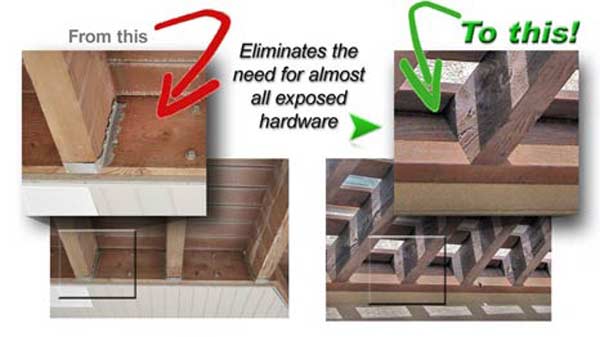
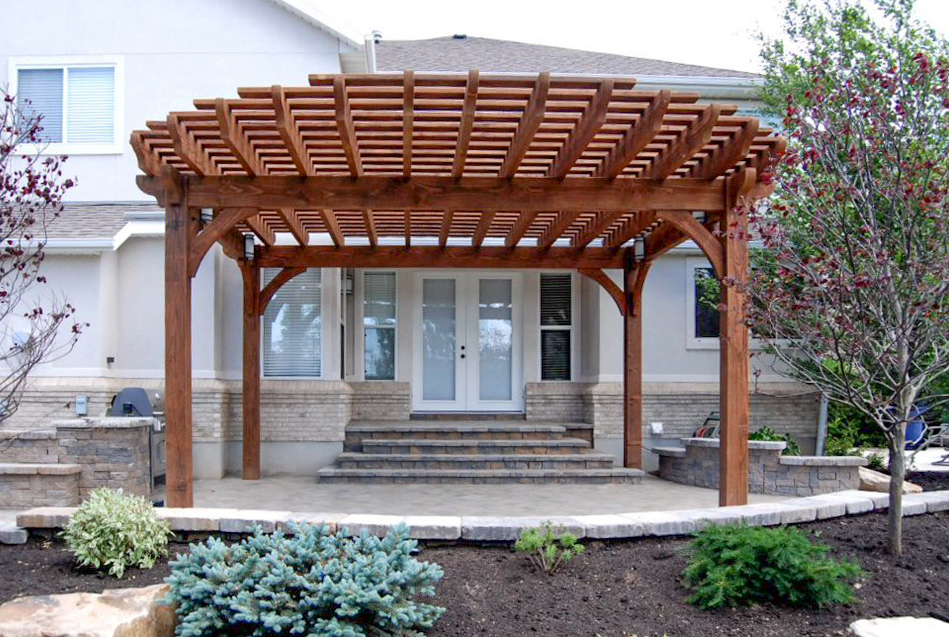
Timber is Naturally Stronger
Inherent Resilience Against the Wind
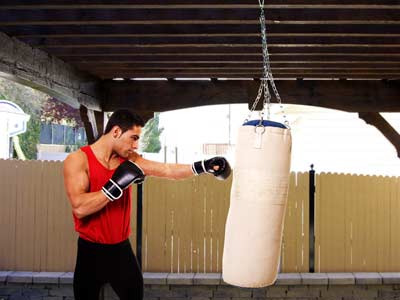
Well-seasoned timber is a naturally more stable load-bearing material. As strong winds, heavy snows and interment weather increase the load paths and impact upon an architectural structure timber will naturally expand and contract to flow with the energy of the earth's motion.
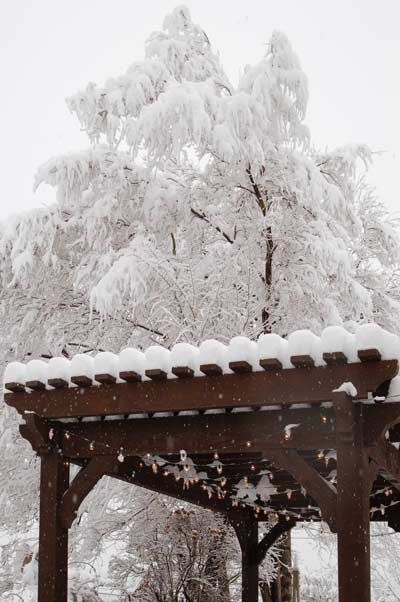
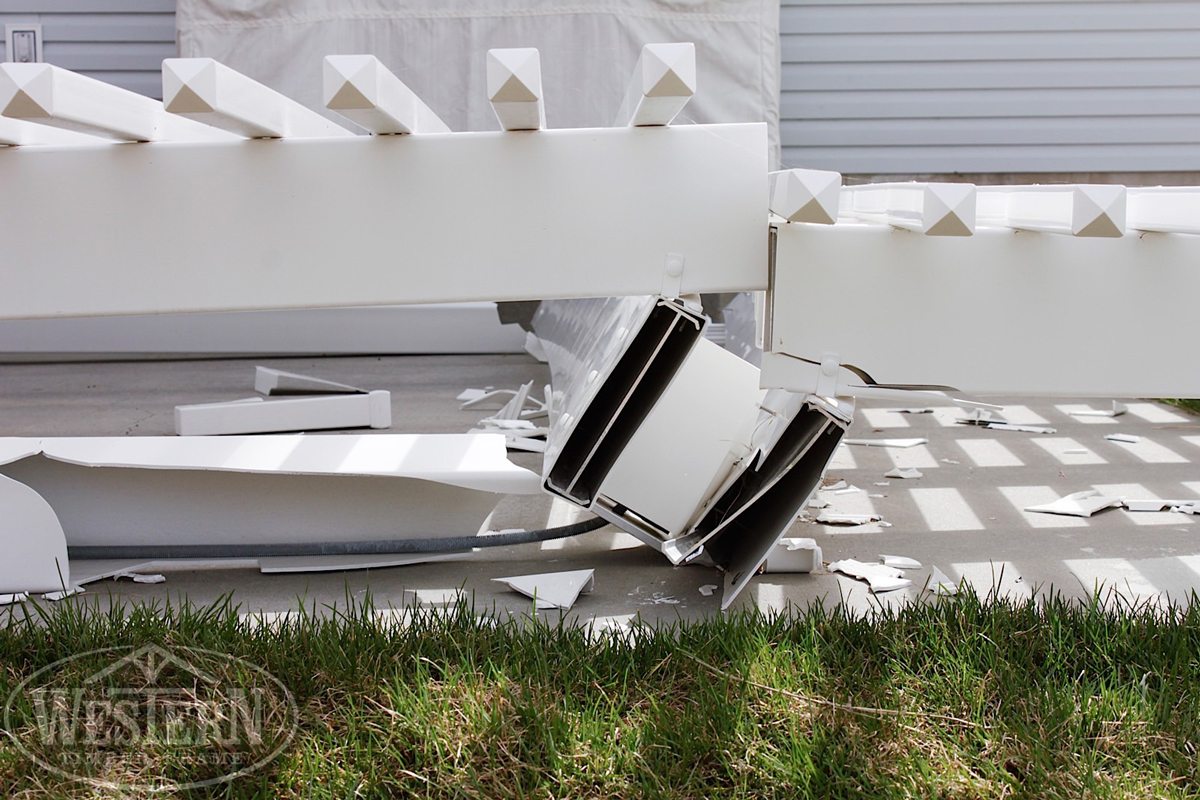
In inelastic load-bearing materials such as concrete, steel or aluminum beams, architectural engineers require larger beams of these types of materials to compensate for their rigidness against inevitable seismic movement by installing kinematic mechanisms and plates.
These artificial mechanisms are also to help guard against spalling, vapor bubble and plate impacts subjected to localized low-pressure.
The marvel of timber is that it does not require or need any artificial mechanisms to dampen out resonate frequencies to maintain its integrity. When a beam yields a little at its highest point without losing its resistance; the joints and weight maintain its bearing resistance; the resonant frequency will dampen out and they will hold full strength.
Timber, like steel can carry a great amount of concentrated weight load.
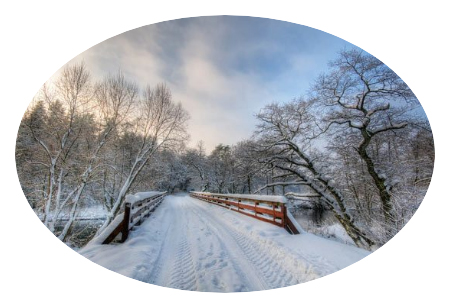
In every environment, properly seasoned and treated timber does not deteriorate and corrode, rust like steel or crumble like concrete. The weight/strength ratio of timber is also better as concrete weighs 4 times as much as the timber of a similar thickness.
Timber meets the strength, lightweight and structural requirements of energy absorbent properties desired in construction of a safe bridge and conforms to highway safety of HL-93 and AASHTO HS20-44 standards in vehicular bridges that ford continuous traffic. A pavilion or pergola does not receive this kind of perpetual load, yet it amazing to consider the load-bearing strength of timber under in the most adverse conditions.

Premium Choice Douglas Fir
Douglas fir is the builder’s premium choice for large support beams in sound architectural commercial and residential construction. We use Douglas fir primarily in our pergolas, gazebos, and pavilions and other outdoor structures for greater strength against strong winds and continual exposure to extremely harsh elements. Douglas fir has the strength to weight ratio that has an unparalleled for its modulus of elasticity, shear, compression, tension laterally to grain and other characteristics that give it greater strength.
Strong, Wind Resistant Timber Frame Pavilion and Pergola Kits
Our Passion
With superior construction techniques, properly engineered designs and expert craftsmanship a pressure treated timber pergola can be expected to last even longer than timber structures of ages past. Timber framing is an investment in children and grandchildren proving to be safer, durable structures more resistant to powerful coastal storms, high winds, heavy snows of high mountainous regions and seismic shifting, maintaining structural integrity.
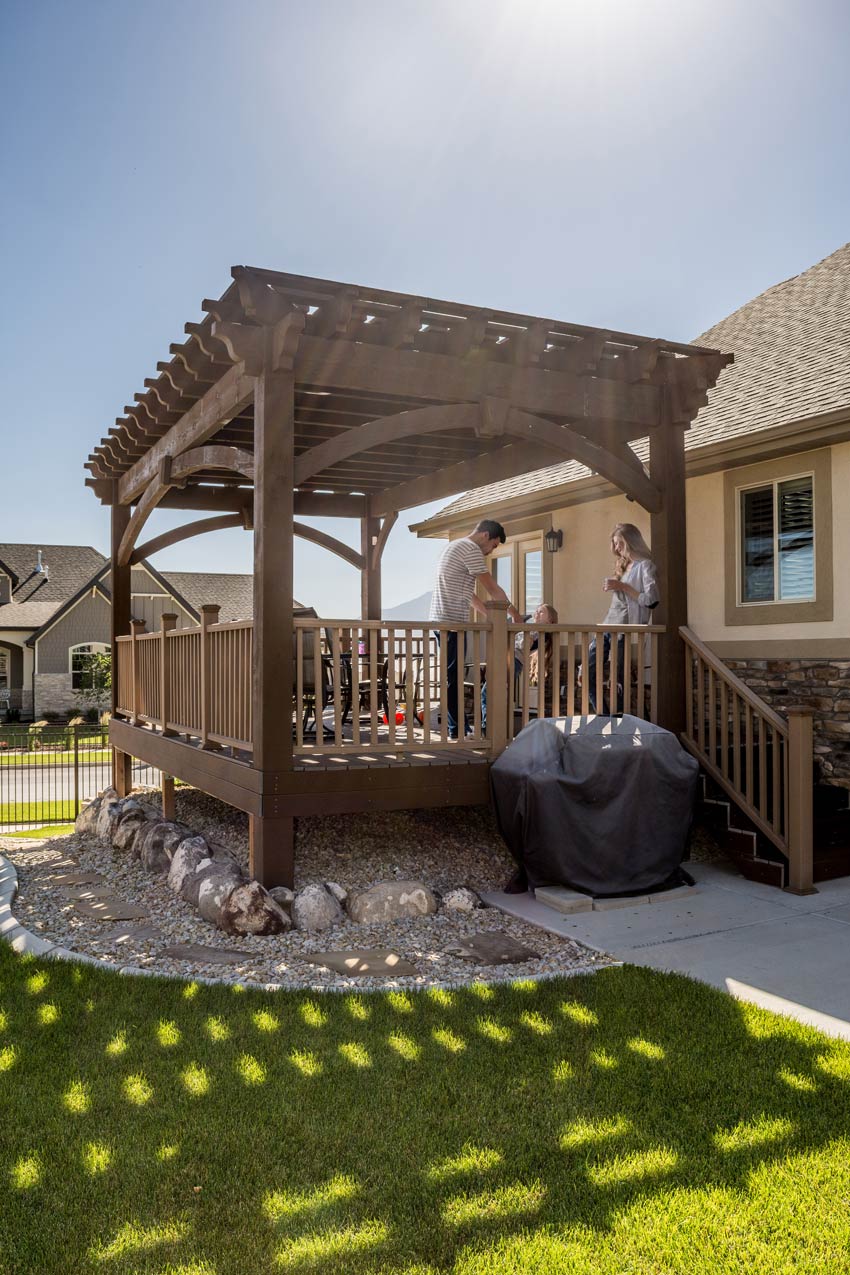
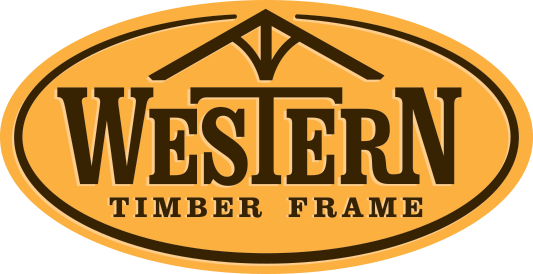


Leave a Comment